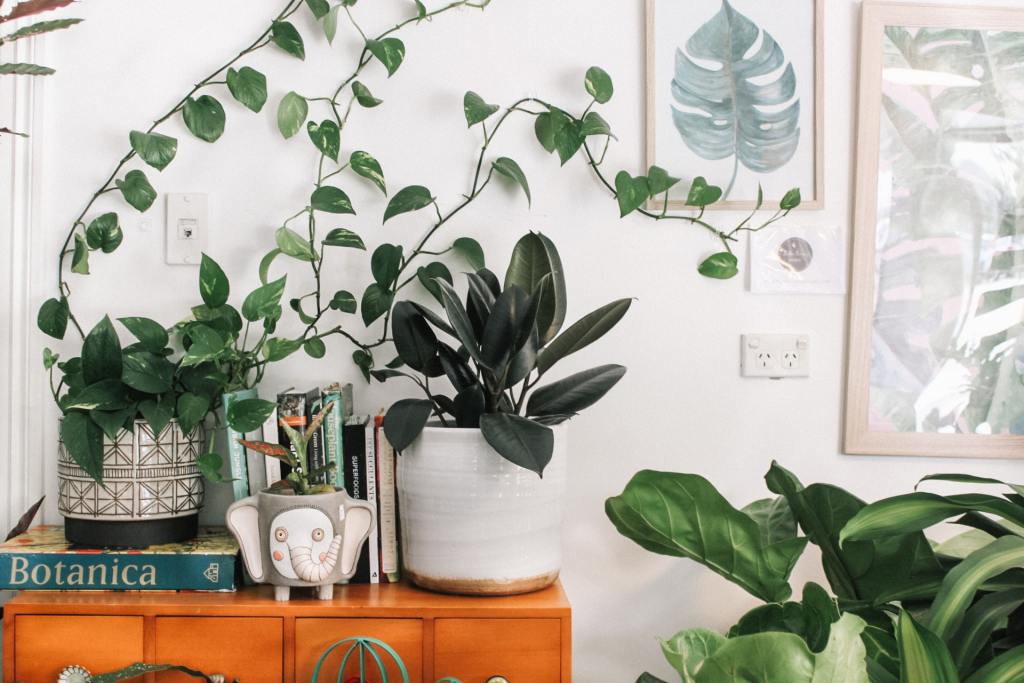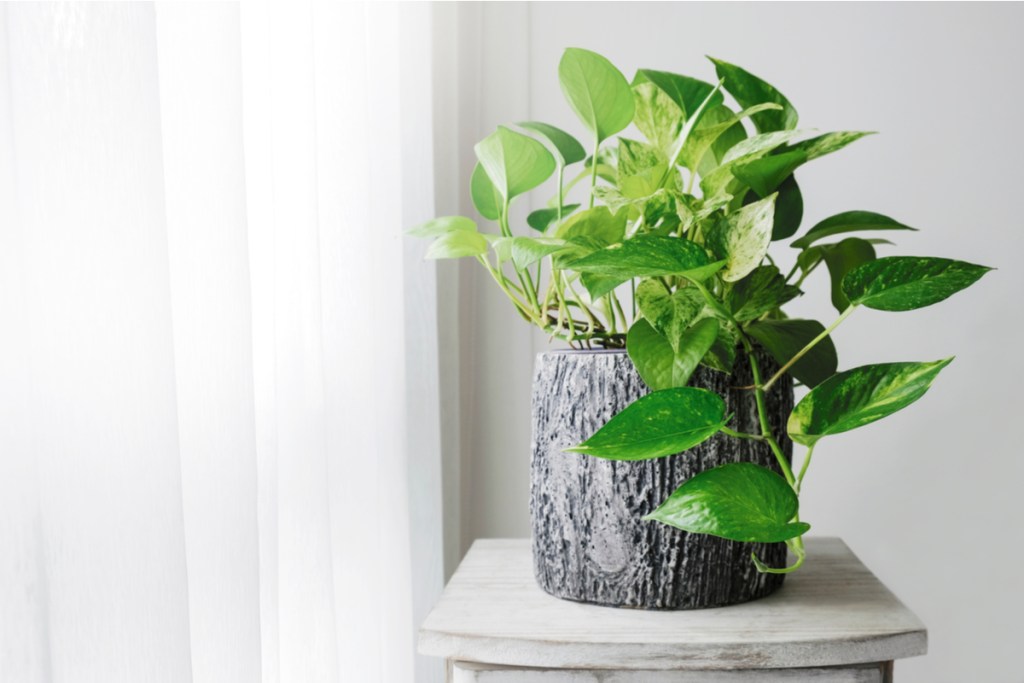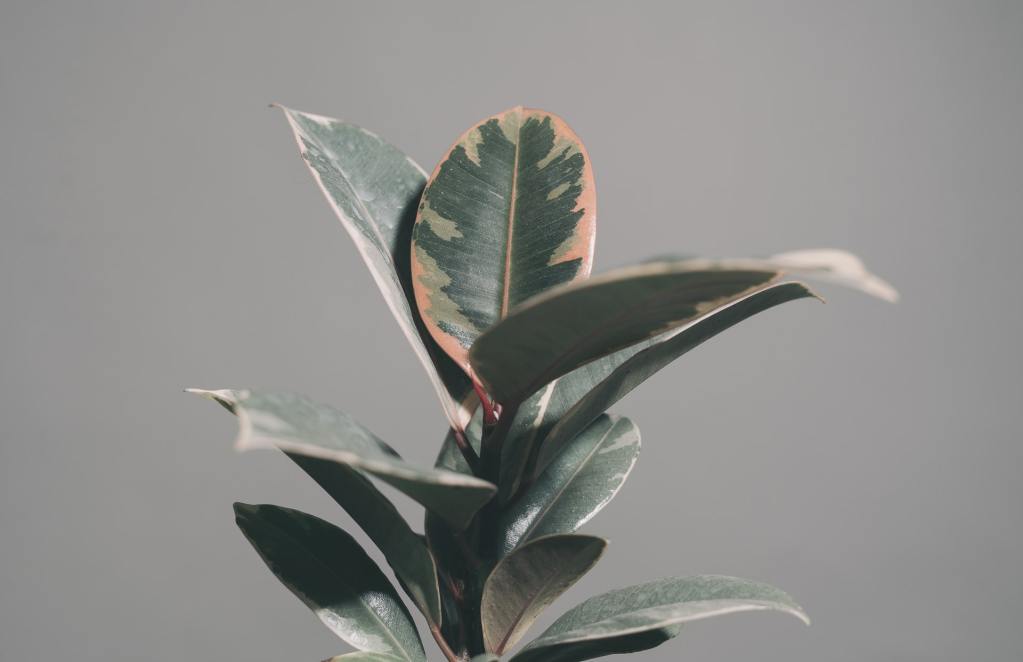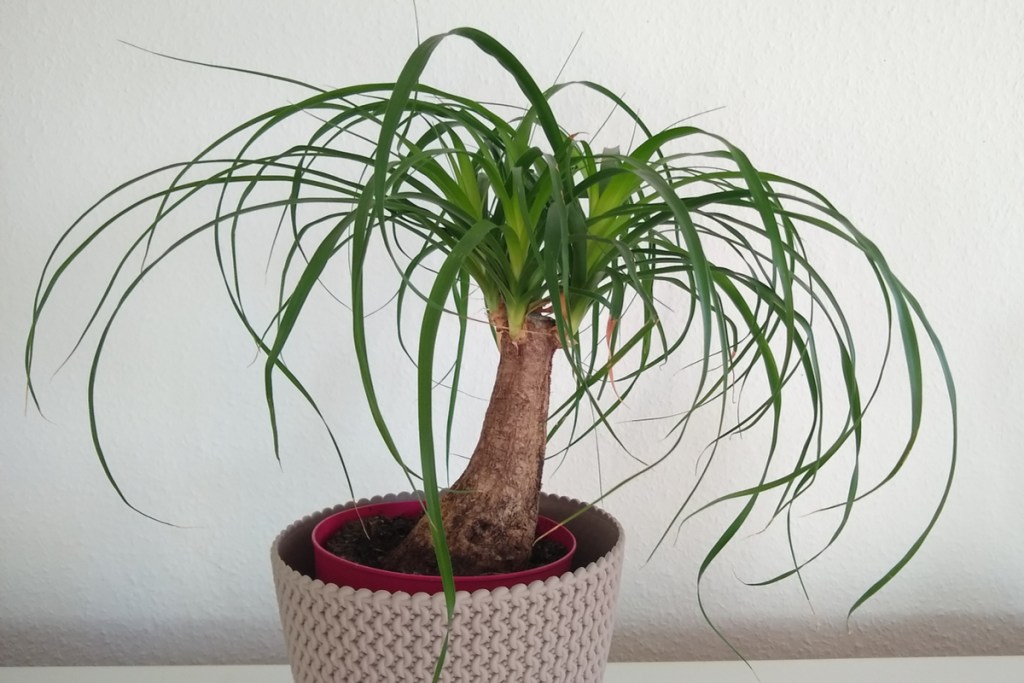Have you ever surfed the #indoorjungle tag on Instagram and dreamed of building your own lush jungle in your house or apartment? You’re not alone, and you don’t have to let it stay a dream! To create a jungle inside of your home, you can easily stock up on tropical houseplants that are available not only at local nurseries but also on many online shops as well. The possibilities are endless when it comes to choosing the right plants, and don’t be afraid to mix it up with different leaf shapes, colors, and growth patterns.

When forming your urban jungle, you’ll fare best if you give your plants four critical elements: bright indirect light, weekly growing season feedings, warm temperatures, and adequate humidity. If your home is comfortable for you, it should be comfortable for your plants. Even if you don’t have the ideal indoor climate for a plant, you can invest in supplies such as grow lights, heat pads, and humidifiers. Need any ideas when it comes to plant varieties? Keep reading ahead!
Self-heading philodendrons
Trailing philodendrons might be the darlings of the philodendron world, but hear us out: Self-heading philodendrons, or upright philodendrons, can be striking additions to home jungles. Their easy-going care requirements are the same as the trailing variety’s—you only need warm temperatures and bright indirect light. In fact, philodendrons can thrive in medium light and with infrequent waterings. These philodendrons grow fast, and they spread outwards to occupy more space and give you that jungle vibe. You don’t even have to track down more coveted varieties like the philodendron pink princess. Gorgeous, relatively accessible upright philodendrons that will add color and height to your home include the Rojo Congo, blushing, and moonlight philodendrons.

Golden pothos
Golden pothos plants might be everywhere, but that doesn’t make them any less beautiful. As prolific trailing plants, they soon turn corners of your home into mini paradises. And you might already know that the pothos is notoriously easy to maintain since it doesn’t need too much light, water, or humidity to thrive. That said, if you do want large, variegated leaves, your best course of action is to give your golden pothos plenty of bright indirect light and weekly diluted feedings throughout the growing season. Without consistent lighting, a golden pothos can lose the splashes of yellow on its waxy leaves.
Lemon-lime dracaenas
Dracaenas are known as cornstalk plants because their leaves resemble the sunken leaves on corn plants. The older varieties can grow up to seven feet tall, which will give corners of your indoor jungle extra height. The leaves on young, compact dracaenas will also give your home a unique texture—the foliage actually appears spiky, similar to grass blades. With dracaenas, you may get brown tips due to underwatering, overfertilizing, or low humidity. Besides the occasional crispy edge, dracaenas are easy to maintain as they don’t require consistent water or bright light.
Dracaenas come in many colors and patterns, some completely green and others dark green with red edges. One of the more striking varieties is the lemon-lime one, which features dark green leaves with neon green edges.

Tineke rubber plants
The rubber plant, or the ficus elastica, flaunts large, leathery leaves that lean a yellowish-reddish color when they first unfurl and turn nearly a black color over time. While the unvariegated type is stunning, the Tineke variety should also be on your radar. If you want to add a pop to your jungle of greens, the leaves feature light green leaves with splashes of cream around the edges. With any variegated plant, make sure that it receives bright indirect light to keep up its patterning. Otherwise, the rubber plant is a plant that doesn’t have strict care requirements. Water your plant sparingly and keep it warm—overwatering and cold temperatures will cause the leaves to drop.
Tropic snow dieffenbachias
Dieffenbachia plants typically show off shiny, large leaves with green and white coloring. Dieffenbachia care is straightforward. Give your dieffenbachias bright indirect light and water them when the top inch or two dries out. Water deeply on watering day, but never let the roots drown. Throughout the growing season, feed dieffenbachias consistently, either on a weekly or bimonthly basis.
Dieffenbachias come in many different patterns, but one of the most eye-catching varieties is the Tropic Snow type, which features green foliage with creamy centers and dark green outlines along the ribs of the leaves.

Ponytail palms
Get tropical vibes without needing to be by water! The ponytail palm features a thick central trunk with spindly leaves piling at its top like hair. What’s great about this plant is that it’s drought tolerant, so you can let it dry out and won’t have to worry so much about providing constant humidity. The truth of the matter is that the ponytail palm isn’t a palm—it’s actually part of the agave family, so it’s technically a succulent! Fertilize your ponytail palm with a slow-release feed during the growing season, but keep in mind that fertilizers that are too strong can burn the leaf tips.
With fast-growing and easy-going plants, a lush indoor jungle is definitely within reach. While you can coordinate around specific plant shapes and colors, don’t be afraid to mix and match different textures to build a maximal, colorful space with living, breathing plants. The world may not always be your oyster, but your home can now be your jungle!



